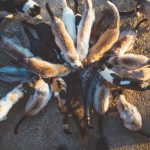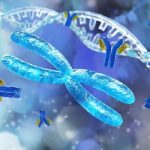
Wild and feral cats appear to release more toxoplasmosis parasites in places densely populated with people, new research suggests. These cats also “shed” more when the temperature is warmer, a significant finding given climate change, according to the report published online June 21 in PLOS ONE. Policymakers could help protect humans from this illness by better managing these stray cat populations, the researchers said. “Changes from climate or human activities can affect disease transmission in ways that we don’t fully understand yet,” said study author Sophie Zhu, of the University of California, Davis, and colleagues. “In our study, we can see how these factors may be associated with changes in Toxoplasma shedding by cats, which in turn can affect the risk of exposure to vulnerable people and wildlife,” the researchers explained in a journal news release. Toxoplasmosis is a mild-to-severe disease that can be especially dangerous in pregnancy. It is caused by Toxoplasma gondii, which can affect humans and many wild and domestic animals. Cats, sheep, mice, birds and sea otters are among the vulnerable creatures. Humans can become infected when they accidentally come in contact with an infected cat’s feces. This can happen unknowingly while gardening, for example. While most T. gondii transmission is driven by domestic cats shedding the parasite at a stage of its life cycle known as oocyst, research has tended… read on > read on >






































